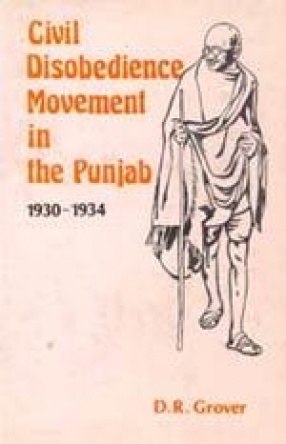Mahatma Gandhi started the Civil Disobedience Movement on 11 April 1930 by breaking the salt laws at Dandi. However, the Salt Satyagraha could not be as successful in other states as it was in Gujarat due to a number of factors. The Sikhs were at first indifferent to the movement but later with the intensification of the movement, they started boycotting foreign cloth. Picketing of temples and liquor shops was also started. In 1931, the movement was discontinued after the Gandhi-Irwin Pact. Later in the year, Gandhiji went to England to attend the Second Round Table Conference. Due to the failure of the Conference, the Civil Disobedience Movement was resumed but was crushed by the Government which was prepared for the step. In the Punjab, only the boycott of foreign cloth could achieve a measure of success. The author, in this book, details the factors which gave rise to the Civil Disobedience Movement, its progress and achievements in the Punjab. He also writes about the treatment meted out by the Government to the political prisoners in the Punjab. The work is based on original records, both published and unpublished. The treatment of the subject is objective and erudite. It is extensively researched and will serve as a major reference work on History.
Civil Disobedience Movement in the Punjab (1930-1934)
In stock
Free & Quick Delivery Worldwide
reviews
Bibliographic information
Title
Civil Disobedience Movement in the Punjab (1930-1934)
Author
Edition
1st ed.
Publisher
ISBN
8170184444
Length
xvi+338p., Map; Tables; Appendices; References; Bibliography; Index; 23cm.
Subjects





There are no reviews yet.